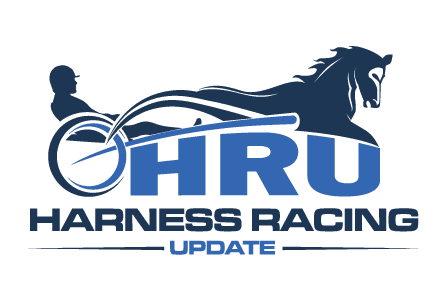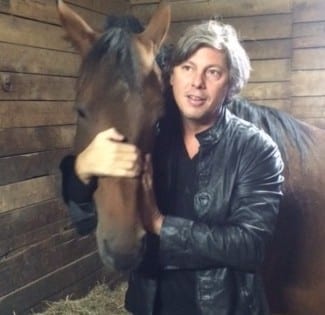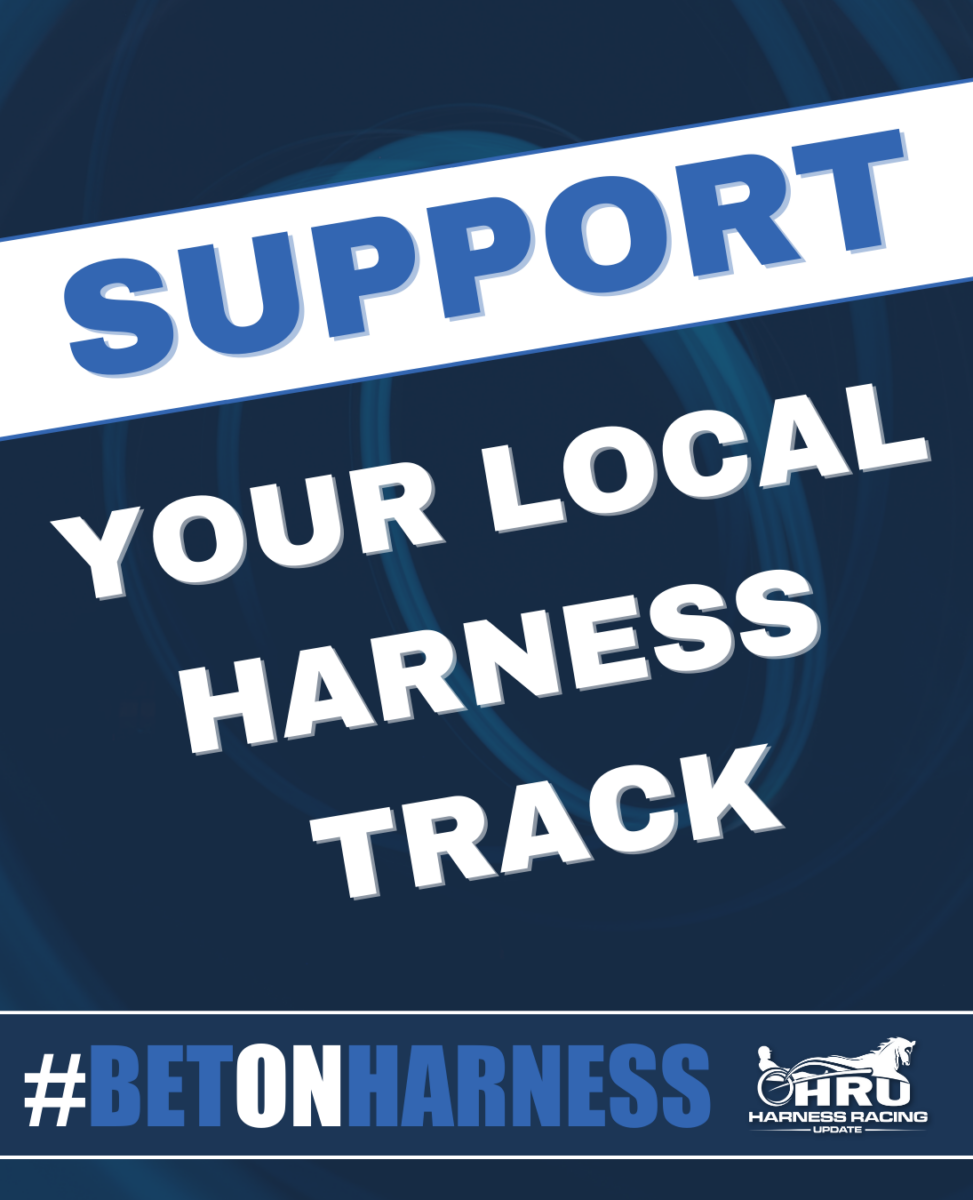Rob Key’s social media crusade
This weekend the USTA will vote whether to continue investing in the campaign that produced the Harness Racing Fan Zone, an app, video content and more.
by Dave Briggs
Rob Key calls it the “existential question about the future of the sport.” Namely: will the United States Trotting Association (USTA) vote this weekend to continue on with the harness racing social media campaign Key’s company Converseon has mounted for the past two years?
“Is it better to build on top of momentum we already have and make adjustments and double down? Or, is it better to do nothing at all?” Key asked.
In his case, it’s a rhetorical question, of course. The USTA will give its answer this weekend at its annual Board of Directors meeting in Columbus, OH. The USTA has invested $250,000 in the campaign in each of the last two years. Now, tight budgets have placed investment in Key’s campaign at a crossroads.
“We’re moving into a critical moment around this entire initiative,” Key said. “It’s a social marketing and digital transformation initiative, because it isn’t just likes and tweets. It’s about, ‘How does the sport become repackaged for a digital environment where people are living on their iPhones and iPads and look like a major league sport so we can become relevant?’”
Key said those looking for tangible results and an obvious return on the investment are missing the point, especially so early in the campaign. Key said his company had to start from scratch to market harness racing to the digital world.
“If you were looking for harness racing online you might find the USTA site, but that’s inside baseball. It’s good, quality content, but it isn’t for a new or potential crossover fan. So, we had to build all that,” Key said. “We built the Harness Racing Fan Zone. We did some key video content like the Harness Racing History video and the This Is Harness Racing video and we have mobile apps for both Android and IOS.
“We also did some support for some major races and we tested some things like 360-degree video. We also piloted a couple of things that are more specific. For example, for the Hambletonian this year we did this idea of online coupons that people could download that they could then take to the track to redeem for a mystery voucher. We piloted targeting people online with high incomes, like thoroughbred owners to see if they were interested in becoming owners. On a limited basis we tested those things and had some success with those things.”
Adriano Sorella, a standardbred owner who owns the digital media company Union Ad Sales that specializes in online advertising, recently wrote a letter in support of Key’s initiative.
“I have had the pleasure of working with many experienced digital marketers that are leaders in what we do,” Sorella wrote. “In the past few years I have begged, preached and followed the digital movement in our racing industry (or lack of). And I have brought up the fact that we as an industry need to move swiftly and quickly to ‘catch up’ with the current digital marketplace.
“From my experience we have a ways to go, but I do believe we need to back the current platform that has been created in the past two years. I have had the pleasure of speaking with many industry leaders, trainers, owners and feel that everyone agrees we need a digital presence. The current platform, with the Harness Racing Fan Zone and its social presence, is the foundation for a strong movement… Building a foundation is one of hardest parts, and resources and funding are essential to the path and direction. Once the proper platform is built, the future results are endless… we need to fully support this right now.”
Key acknowledges it hasn’t gone perfectly and, “being self critical, I think we could be doing a better job of continuously informing the industry more broadly about what we’re doing so that people know.” Yet, he stressed the successes have outweighed the hiccups.
He said more than 21 million people viewed harness racing content online last year from this initiative and an analysis of Facebook fans at the Harness Racing Fan Zone compared with Standardbred Canada, Meadowlands and USTA shows that about 62 per cent of the Fan Zone’s fans are wholly unique.
“That indicates that we are, indeed, reaching out and engaging new people,” Key said.
Critics question whether the campaign has, yet, provided good value for the investment and it’s been difficult to track whether it has brought new fans or owners to the game.
Key pointed out the $500,000 spent so far had to cover technology, media, web and app development, production, services and strategy. He said his company has personally contributed over $200,000 in additional services to the campaign and he has not billed for his personal time.
He said he originally approached the Meadowlands, Yonkers, the USTA and Hambletonian Society about financially supporting the social media campaign.
“The original vision was for the USTA to fund the foundation and then other groups would join in. The USTA did its job and the foundation is in place. Others didn’t follow through,” Key said. “We’re at a critical moment and, in my view, we’re either going to really get more serious and double down and expand on what we’re looking to do, which was always the plan, or there’s a chance we may kill it. If we kill it, I’m not sure how we begin something again.”
Key said the money exists in the sport for this kind of marketing effort, it just may need to be redirected.
“There’s a tremendous amount of money sloshing around the system right now in terms of marketing dollars that are being spent… but it’s not being pointed in the same direction. There’s not an over-arching strategy. It’s not working in cohesion with each other. I would simply say just taking the money the sport is spending right now and bringing it together for greater cohesion and strategy would have significant upside,” he said.
The son of noted owner/breeder Bob Key, Rob said he comes at this campaign from “an interesting vantage point” as a former groom, trainer, owner and breeder who then became a marketing professional first at Young & Rubicam and then founding Converseon in 2001.
“Seeing things from this 360 degree view simply helps me see the opportunities for the greater good if we can get past our often short term limited perspectives that pervade the industry,” Key said. “With a large group of mares and horses — via my father — I have a strong vested interest in seeing this sport succeed and grow over time. That’s my motivation.”
















